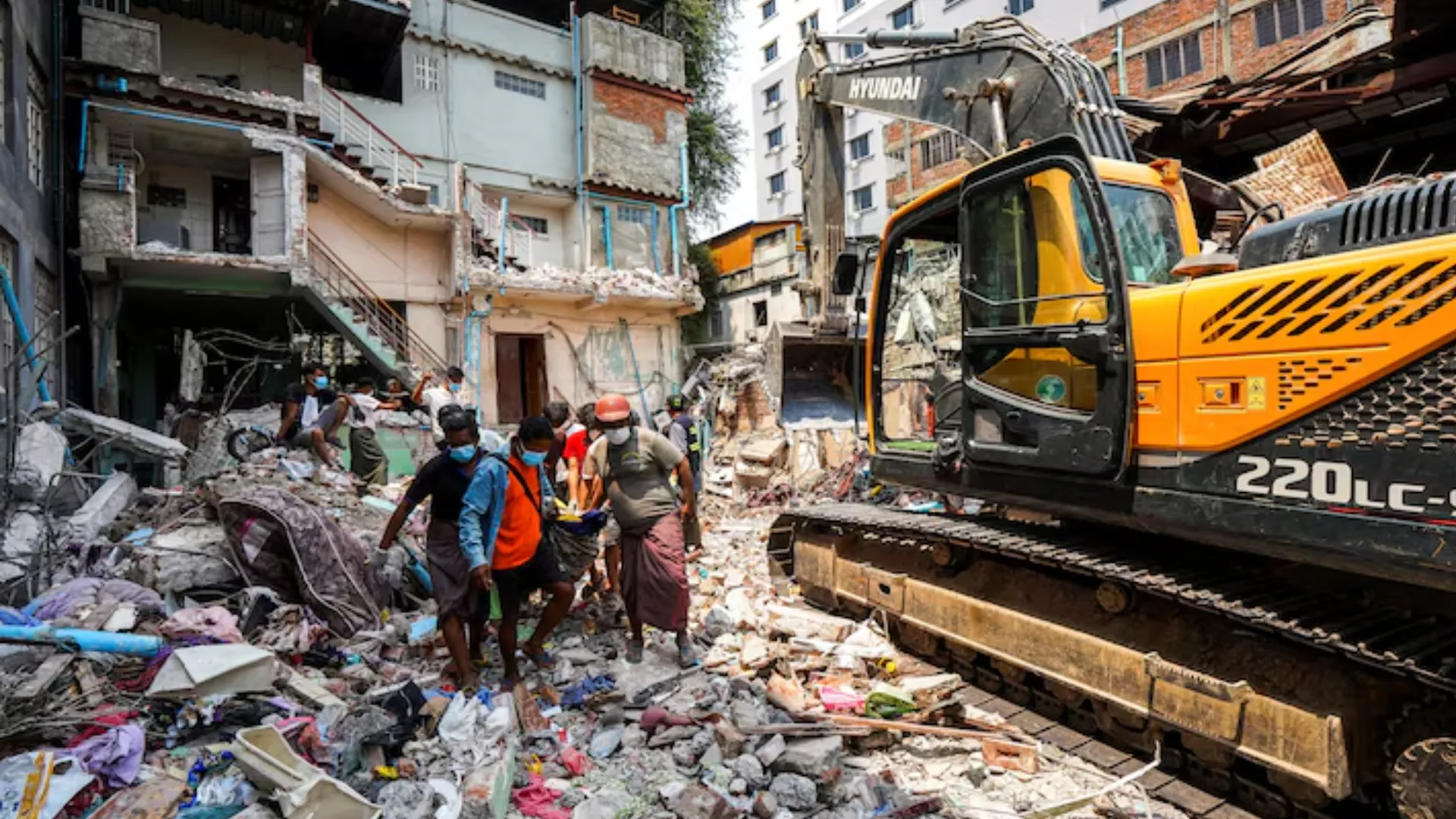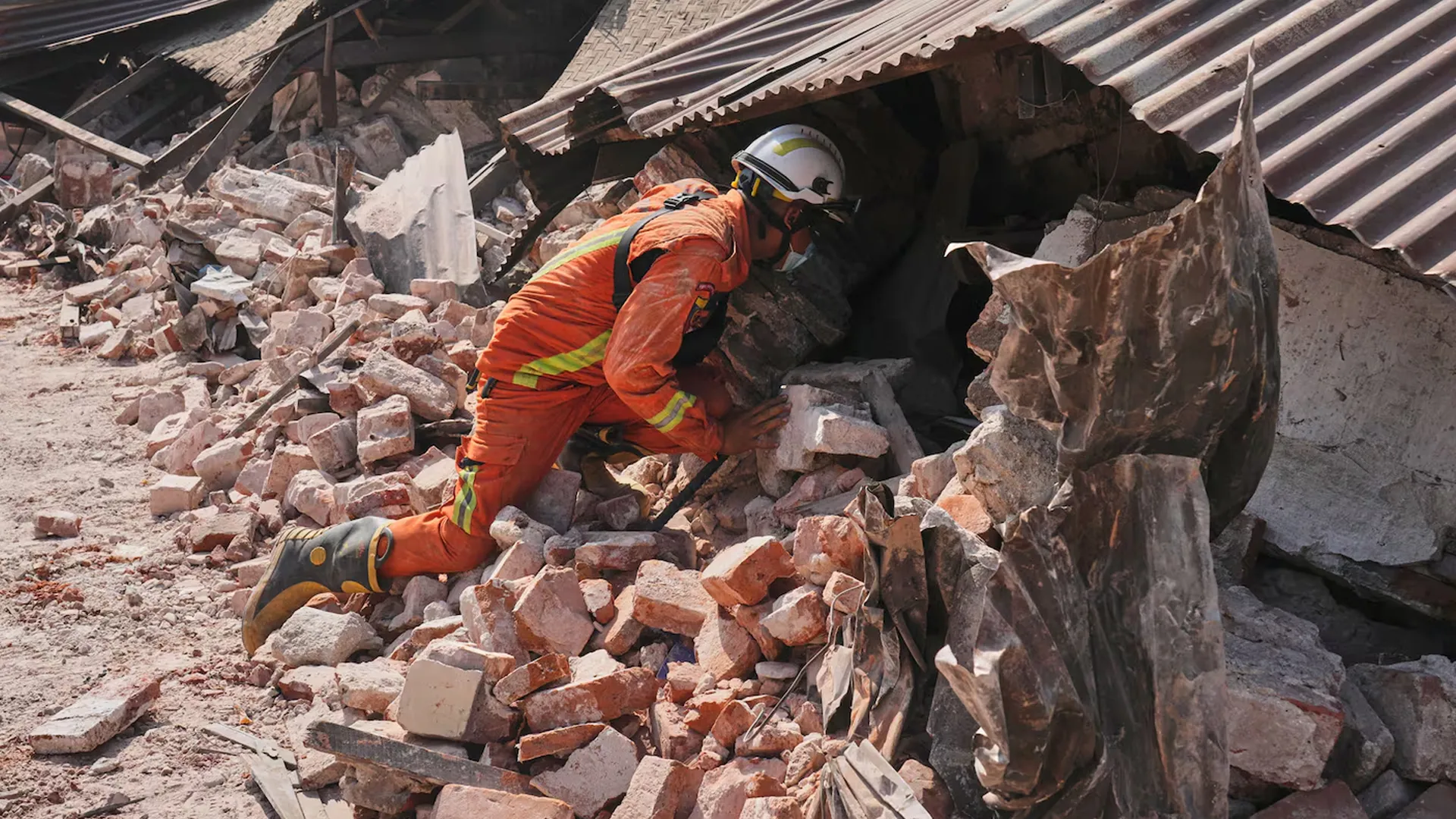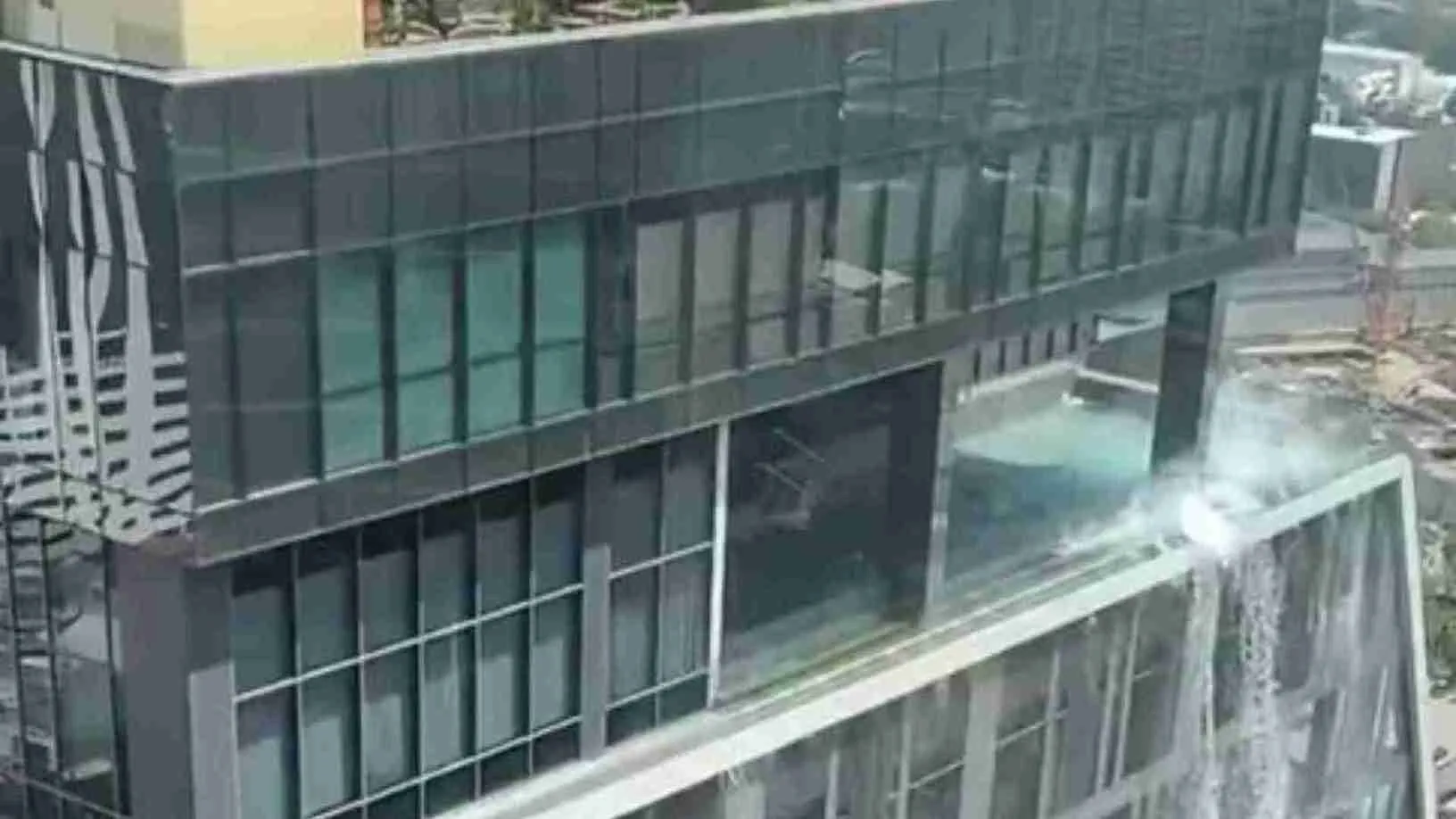A powerful 7.7-magnitude earthquake struck Myanmar on Friday, killing at least 1,644 people and leaving over 3,400 injured. The tremor, one of the strongest to hit the country in a century, caused widespread destruction, with 139 people still missing. The military-led government released the figures, while officials and residents described a grim situation with collapsed buildings, severed transport links, and overwhelmed hospitals.
Foreign Aid Arrives Amid Humanitarian Crisis
In response to the disaster, international aid has started arriving from India, China, Thailand, Malaysia, Singapore, and Russia. However, efforts to reach affected areas remain hampered by damaged bridges, highways, and railways. The situation is further exacerbated by Myanmar’s ongoing civil war, which has weakened infrastructure and displaced millions.
Junta leader Senior General Min Aung Hlaing emphasized the urgent need to restore transportation routes, stating, “It is necessary to fix the railways and reopen the airports so that rescue operations can be more effective.”
Hospitals Struggle as Death Toll Could Rise Further Amid Earthquake
Myanmar’s hospitals, especially those in Mandalay and Naypyitaw, are struggling to cope with the influx of injured victims. The United Nations Office for the Coordination of Humanitarian Affairs (OCHA) reported that medical facilities are operating beyond capacity. The U.S. Geological Service has warned that the death toll could exceed 10,000 and economic losses could surpass the country’s annual GDP.
Meanwhile, in neighboring Thailand, the quake caused the collapse of an under-construction skyscraper, killing 17 people. Rescue teams are still searching for at least 78 people trapped under the rubble, utilizing drones and sniffer dogs to locate survivors.
Sagaing Hit Hard, Residents Left Without Aid Amid Earthquake
One of the hardest-hit areas is Sagaing, near the Earthquake’s epicenter, where residents are struggling without basic resources. “Many buildings have collapsed, and we have been without electricity since the quake struck. Drinking water is running out,” said local resident Han Zin. “We have received no aid, and there are no rescue workers in sight.”
Satellite images show that parts of a key bridge connecting Sagaing to Mandalay have collapsed into the Irrawaddy River, further isolating affected regions. A local political group, Sagaing Federal Unit Hluttaw, confirmed on social media that food and medicine supplies are scarce, and the town’s small hospital is unable to handle the growing number of casualties.
Political Unrest and Relief Efforts
Myanmar’s ongoing civil war, triggered by a 2021 military coup, has further complicated relief efforts. The opposition National Unity Government (NUG) has announced a two-week pause on military offensives to focus on rescue operations. “The NUG, along with resistance forces and civil society groups, will carry out rescue efforts,” the group stated.
As Myanmar grapples with the aftermath of this devastating earthquake, the focus now shifts to immediate relief efforts and long-term rebuilding in a nation already struggling with conflict and instability.









